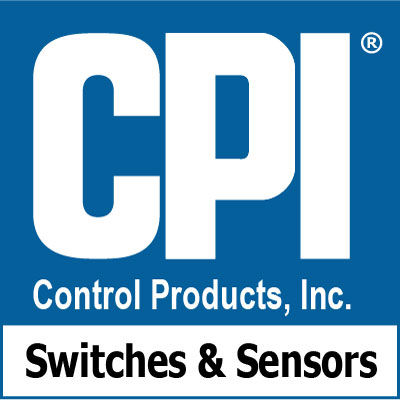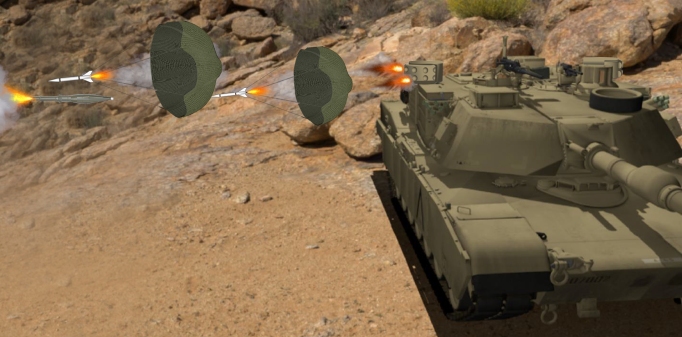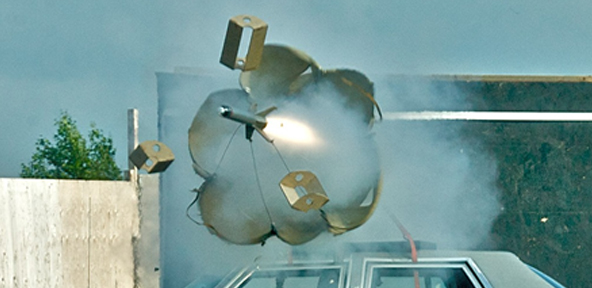
As any manufacturer of hydraulic cylinders, or linear position sensors will tell you, achieving intrinsic safety ratings of ATEX, or IECEx (European) isn’t easy. And it isn’t cheap.
But it is important and if you are considering ways to maximize your global market for your hydraulic cylinders or systems. Making sure your vendors are compliant with these standards is really a requirement.
ATEX or IECEx certified products are essential in any location that may contain, or has activities that produce explosive or potentially explosive atmospheres. One of the most commonly touted is the environment on an oil rig. Others that you might not think of as being particularly explosive, such as a flour or steel mill.
What’s the difference between ATEX and IECEx?
The name ATEX comes from the French ATmosphère EXplosibles, describing the equipment and use of a product to be located in an explosive atmosphere. The ATEX certification is mandatory across Europe and involves all stages of a product from manufacturing, to installation and use of the equipment.
There are two subsections of the standard which can be defined as;
Directive 99/92/EC – The ATEX Use Directive focuses primarily on the health and safety of workers, working in potentially explosive atmospheres. It involves the correct selection, installation, inspection and maintenance of Ex equipment.
Directive 2014/34/EU – The ATEX Equipment Directive primarily concerned with trade, considers the equipment that will be used in potentially hazardous areas and involves the manufacture and sale of Ex equipment.
IECEx stands for International Electrotechnical Commission Explosive. While ATEX is limited to Europe, IECEx is an international certification accepted in several countries. It also facilitates international trade of equipment and services for use in explosive atmospheres.
Some of the benefits in choosing a product that has IECEx certification include;
- Reduced testing and certification costs
- Reduced time to market
- International confidence in the product assessment process
- Genuinely less risk in deployment into potentially explosive environments
As with ATEX certification, IEC Ex provides assurance that everything from the equipment and install to manufacturing, operation and maintenance of the certified products comply with IEC international standards and are suitable for their purpose.
Although there are some small differences between each certification, ATEX and IEC Ex are very similar. The main difference is the geographical location where the certification is recognized. While ATEX is a requirement in Europe, IEC Ex is accepted across several countries internationally including the USA.
CPI Sensors are both ATEX and IECEx intrinsic safety rated.
In 2017 CPI announced the SL2000 Linear position sensor which represented a number of firsts in the world of harsh duty hydraulic position sensors.
- First to acheive subsea ratings to 5000ft immersed in seawater.
- Only reliable system for linear position sensing on cylinders over 10 meters or telescoping cylinders.
- First system to incorporate two long proven measurement technologies into an ultra reliable package. (Draw wire and magnetostrictive)
- First sensor of this type to achieve both subsea and IECEx and ATEX safety ratings.
As we said in the beginning, it wasn’t cheap, and it wasn’t easy, but achieving this has made our sensor better, and more cost effective for deployments both above and below the sea. Whenever you need something that lasts.
For more information on CPI’s Intrinsic Safety Ratings, and our SL2000 Linear Position Sensor, visit our website at http://www.cpi-nj.com
Original content posted on https://www.cpi-nj.com/blog/why-intrinsic-safety-ratings-matter/




 The CPI system consists of the
The CPI system consists of the 